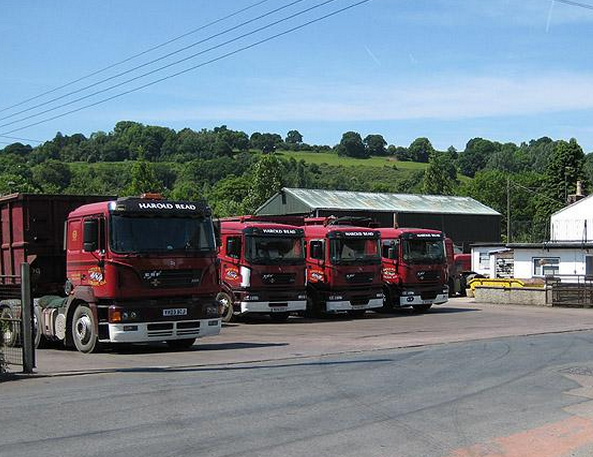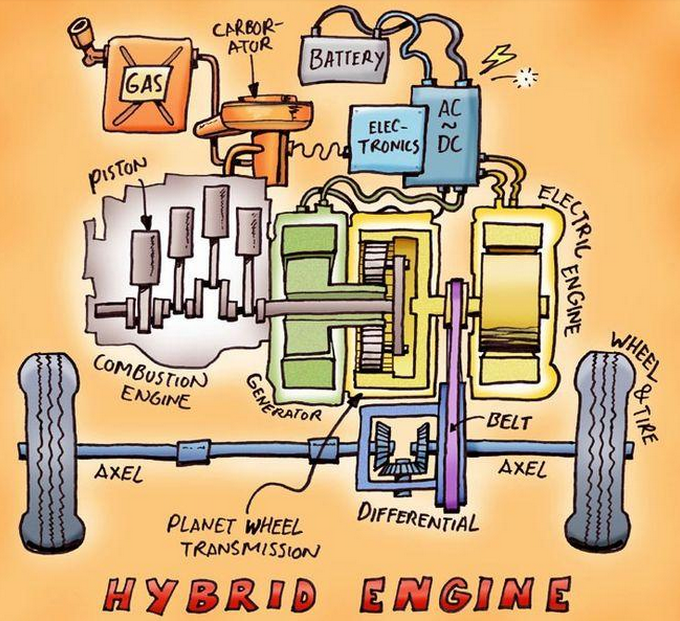
Most developed countries made a commitment in line with the Kyoto protocol and other objectives to reduce greenhouse gas emissions through the year 2050. Considerable reductions are called for and this has in part led to individual government pressure on the automobile sector to increase efficiencies.
While this process is ongoing, progress is likely to be relatively slow, as is research into creating more sustainable fuels. There are a few research bodies (such as the US company Poly2Petro) who are making headway into creating viable methods of generating more oil, but the fact remains that oil is still a very finite resource and the more efficiently we use it, the lower our carbon footprint (and additionally our fleet overheads).
And individual businesses do understand the importance of trying to reduce their overall carbon footprint, both from an ecological point of view but increasingly from an economic perspective as well. Remember that there's much to be gained not only from a purely competitive point of view, but also from a public relations stance, when progress is considerable and reportable.
For generations, we have been forced to utilize transportation options that were totally reliant on oil. However, today this is not the case and fleet managers can look to employ more efficient, lower carbon transport technology. Managers can consider these options based on realistic range and capacity today, a situation that has improved dramatically over the last decade.
Types of Vehicle and Fuel Options
Hybrid vehicles typically have two sources of energy, where an electric motor is used to supplement a conventional internal combustion engine. All-electric vehicles have more limited capability. Gas powered vehicles utilize biomethane, hydrogen or natural gas. Dual fuel vehicles have the ability to combust both diesel and gas in a conventional engine.

There are a number of different fuel options, some of which are more practical from a fleet manager’s perspective than others. Bioethanol, for example is in limited supply and can be relatively costly. Biodiesel is dependent on availability and the higher the concentration, the higher the cost. Hydrogen can also be significantly more expensive but has the greatest capability when it comes to reducing greenhouse gas emissions.
Savings With Existing Fleet Vehicles
Bearing in mind the restrictions in availability for certain fuels and/or the practicality of equipping a fleet using these alternatives many fleet managers find that they need to look for efficiencies in other ways. For example, it is possible to achieve fuel savings of up to 15% by installing onboard systems, or by initiating a process of driver training. Onboard driver aid systems discourage aggressive acceleration or braking and encourage predictive driving activities.

Drivers are advised to anticipate road conditions, to change up when revs are between 2000 and 2500 RPM. These days there is no need to idle in order to heat an engine from cold first thing in the morning and it is entirely efficient to turn off and restart a modern engine when waiting for an extended period of time. Drivers who are experienced in a particular area should know when and where to drive in order to avoid congestion and road works.
Tire pressures should be checked regularly as underinflated tires can increase your consumption by as much as 3%.
A Breath of Fresh Air
When it comes to the condition of the vehicle, regular maintenance is essential. An engine that is out of tune can increase your fuel consumption by up to 10% as can a clogged air filter that needs to be changed. If your tires and wheels are poorly maintained, add on a further 10% here, according to figures given by the UK Department for Transport. You may also encounter a false saving by using a cheaper, incorrect grade of motor oil.
Put it On The Card
The use of special fuel oil cards is a great idea for fleet managers. The card suppliers and an integration with your fleet management software can provide special reports detailing fuel consumption and emissions, highlighting inefficiencies and poorly performing drivers.
Take a good look at the routes that your fleet covers on a particular day, and consider tools to optimize your route selection to automatically save fuel and time. If your transport vehicles return empty to your depot, look into the possibility of selling the onboard space through brokerage firms to other organizations. This will help with the sheer cost to your balance sheet and in terms of carbon emissions when engaged in empty backhauling.
Over To You
Check out some of our previous posts for further info on some of the tools at your disposal to increase efficiency, and as always, let us know in the comments below if you’ve got a tip we haven’t covered here.



